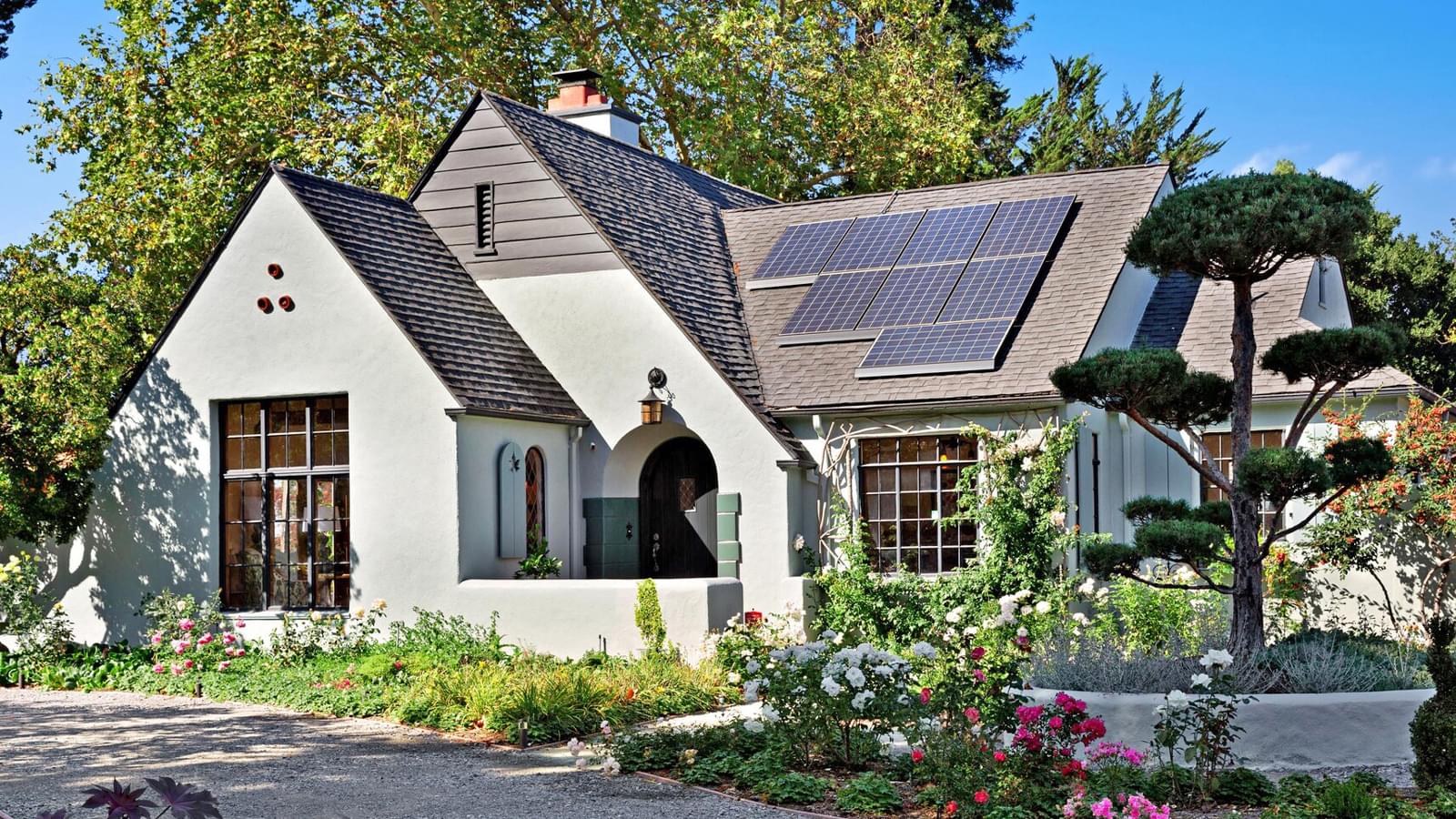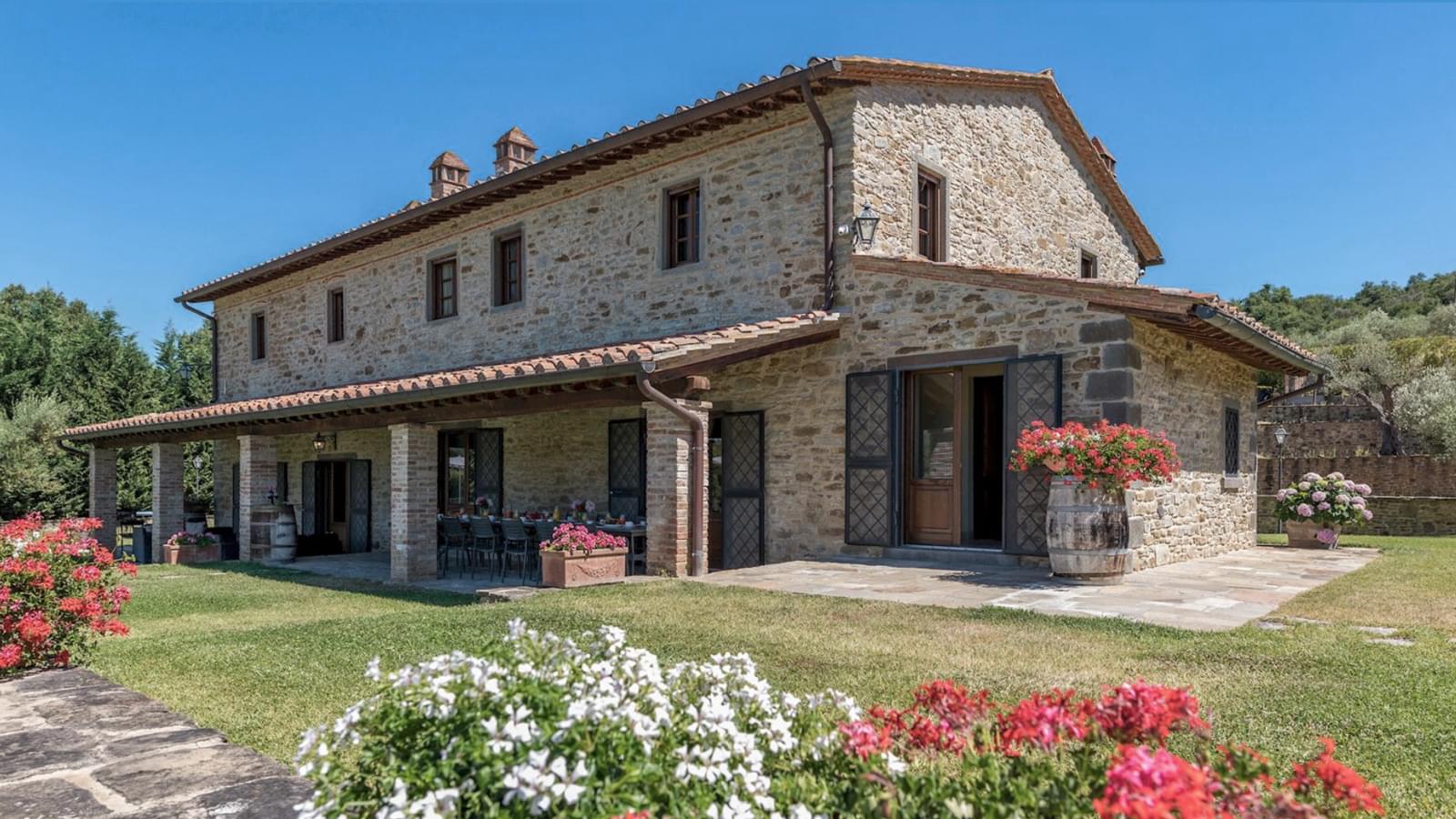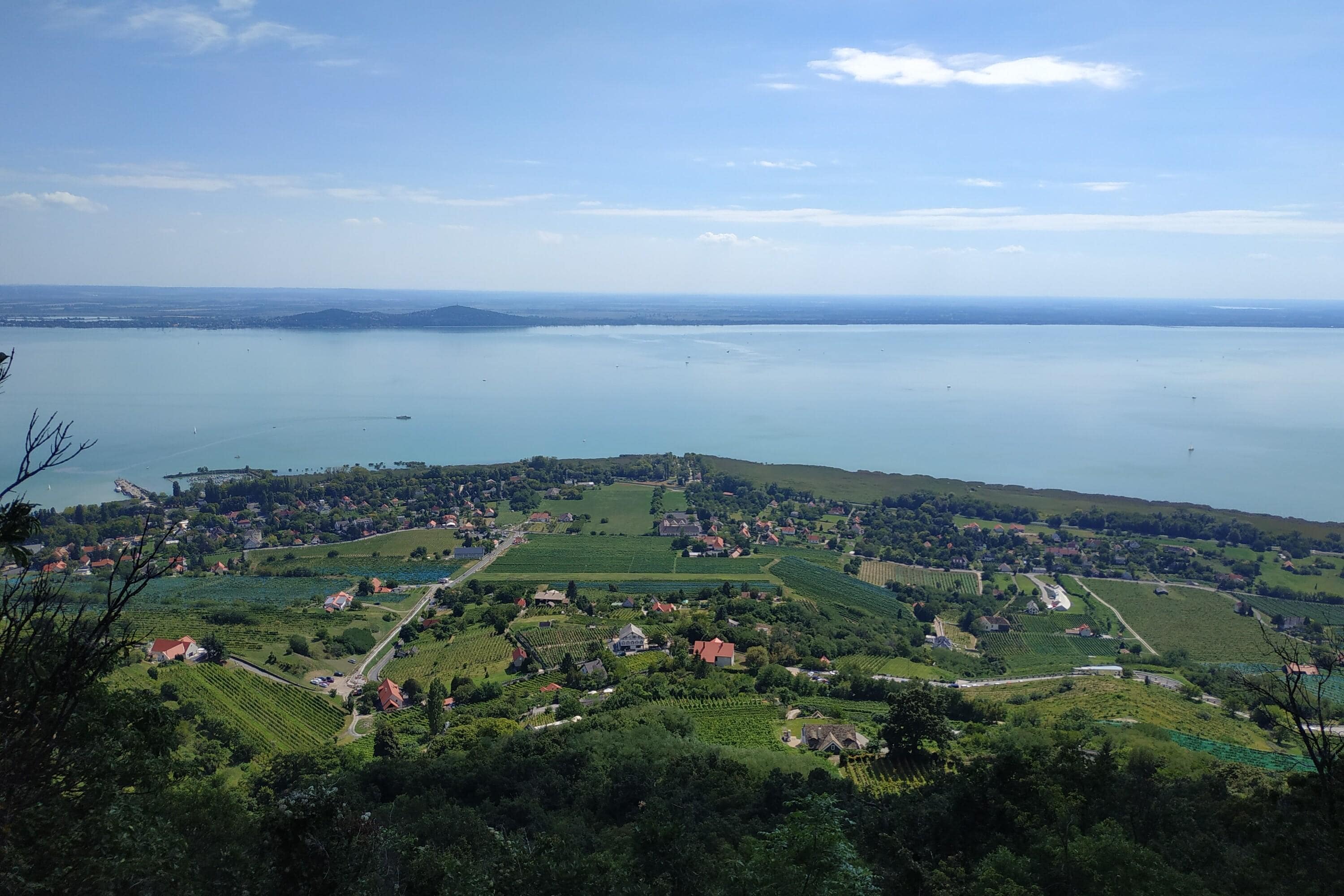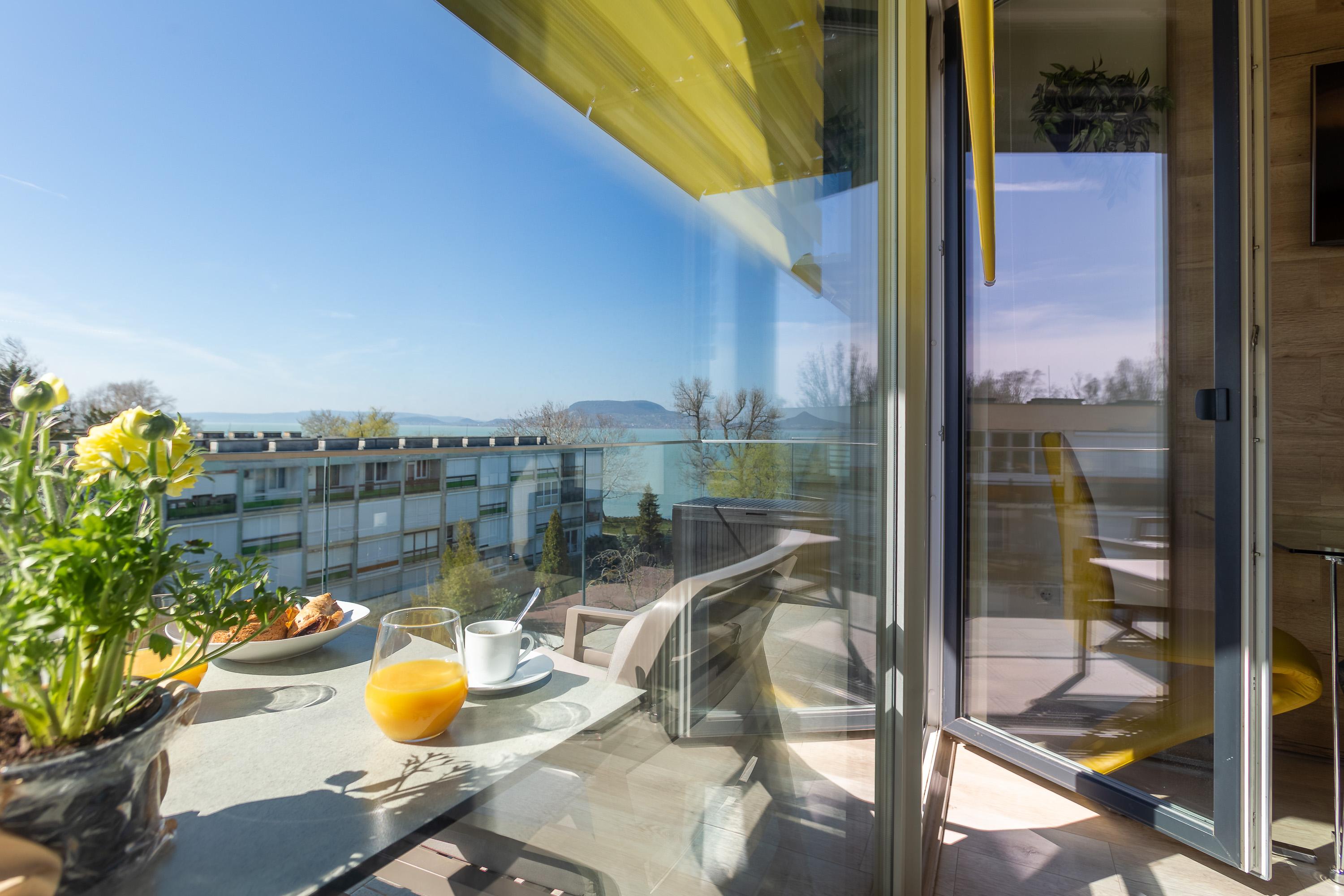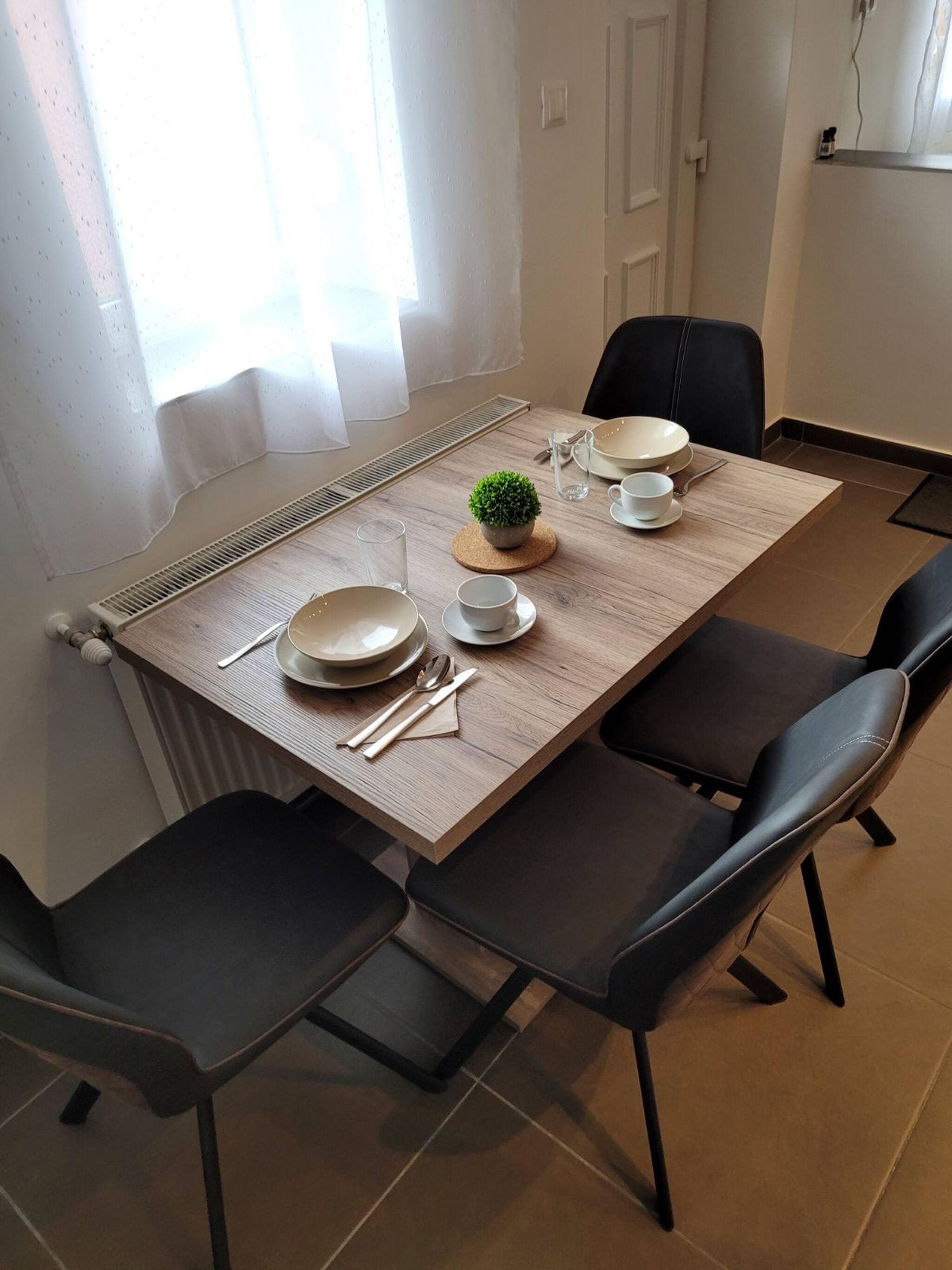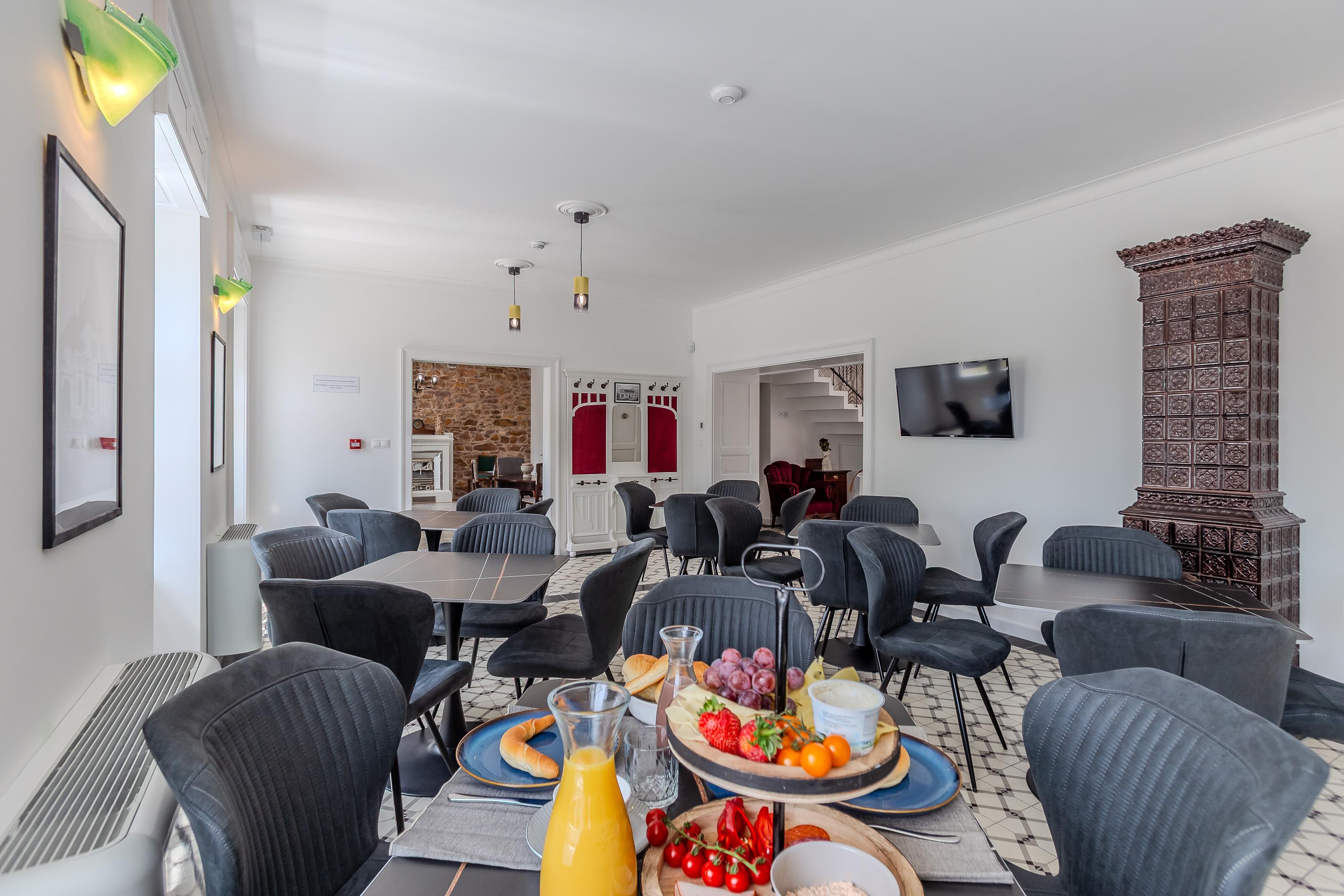Hungary Vacation Rentals
Explore 22 rental homes and villas in Hungary for your next vacation or business travel. With private vacation home rentals, enjoy a more personalized stay and a wide range of home amenities.
Types of vacation rentals in Hungary
Where to stay in Hungary
Booking a vacation rental in Hungary?
Here are some things to know to support your visit:
Hungary Overview
Immerse yourself in the enchanting allure of Hungary, a Central European gem that seamlessly weaves together a tapestry of historical grandeur, architectural marvels, and cultural vibrancy. At the heart of this captivating country lies Budapest, the illustrious "Paris of the East," gracefully straddling the majestic Danube River. The cityscape is a visual feast, crowned by the regal Buda Castle and stitched together by iconic bridges that link the historic districts of Buda and Pest.
Imagine waking up in your own private Hungarian home, a serene retreat where every morning greets you with the luxury of space and privacy. Picture yourself sipping coffee on a sun-drenched patio, your beloved pet frolicking at your feet, in one of the many pet-friendly accommodations available. For those seeking an indulgent escape, select homes boast their own swimming pools, offering a refreshing oasis after a day of exploration.
Budapest's allure extends to its world-famous thermal baths, such as the opulent Széchenyi and Gellért Baths. These sanctuaries of relaxation are fed by natural hot springs, providing a tranquil haven to unwind and rejuvenate. Architectural aficionados will marvel at the grandeur of the Hungarian Parliament Building, while the Fisherman's Bastion offers breathtaking panoramas that are sure to etch themselves into your memory.
Venture beyond the capital to discover Hungary's pastoral landscapes, where vineyards unfurl across the countryside. The Tokaj wine region, a UNESCO World Heritage Site, is celebrated for its exquisite Tokaji Aszú dessert wine. Meanwhile, Eger beckons with its robust "Bull's Blood" red wine and the storied ramparts of Eger Castle.
Culinary adventurers will revel in Hungary's hearty fare, with traditional dishes like goulash and pörkölt offering a hearty embrace of the nation's gastronomic legacy. The bustling Central Market Hall in Budapest is a gastronome's delight, brimming with local delicacies and the vibrant red of Hungarian paprika.
The country's musical heritage resonates through the opulent halls of the Hungarian State Opera House, while a spectrum of festivals celebrates everything from soulful folk music to cutting-edge contemporary sounds. For those drawn to the great outdoors, Hungary's landscapes range from the undulating Hungarian Plain to the verdant Mátra and Börzsöny mountains.
Lake Balaton, a jewel of natural beauty, is Central Europe's largest freshwater lake and a summer paradise. Here, visitors can indulge in water sports, soak up the sun, and explore idyllic lakeside towns like Balatonfüred and Tihany, which are perfect for leisurely strolls and lakeside dining.
Historic towns such as Pécs, with its early Christian necropolis, and Szentendre, a hub for art and museums, offer windows into Hungary's rich cultural mosaic. The expansive Hortobágy National Park, set within the Great Plain, is a sanctuary for birdwatching and a living museum of traditional Hungarian herding culture.
Hungary is a destination that promises an enchanting blend of sophistication and pastoral beauty, complete with the comforts of home and the warmth of Hungarian hospitality. It's a place where every visit becomes a cherished memory, inviting travelers to return time and again to its many splendors.
Cultural Attractions in Hungary
Hungary, with its captivating blend of history, art, and vibrant cultural traditions, is a paradise for those who revel in cultural activities. The heart of this cultural richness is Budapest, the nation's capital, which is often referred to as the "Paris of the East" for its stunning architecture and lively arts scene.
Begin your exploration at the Hungarian National Museum, where the country's history unfolds from the Roman times through the Ottoman Empire to the present day. The museum's extensive collections provide a deep understanding of Hungary's complex past and rich cultural heritage.
Art enthusiasts will find solace in the Hungarian National Gallery, housed within the grand Buda Castle. The gallery boasts an impressive array of Hungarian art, ranging from medieval stone carvings to contemporary pieces. For a more eclectic mix, the Museum of Fine Arts on Heroes' Square offers a vast collection of international works, including pieces by European masters such as El Greco, Rubens, and Goya.
Budapest's historic Castle District is not only a UNESCO World Heritage site but also a hub for local customs and traditions. Stroll through the cobbled streets, and you may stumble upon a traditional folk dance performance or a festival celebrating Hungarian culture.
Live music thrives in Hungary, from the classical melodies that resonate within the opulent Hungarian State Opera House to the lively Roma music that fills the air in local taverns. Budapest's ruin pubs, a unique aspect of the city's nightlife, often host live bands and DJs, blending the city's historic ambiance with contemporary music.
For a truly immersive experience, plan your visit around one of Hungary's many festivals. The Budapest Spring Festival is a celebration of the arts, featuring classical concerts, opera, ballet, and contemporary dance performances. The Sziget Festival, one of Europe's largest music and cultural festivals, transforms an island in the Danube into a vibrant party scene every summer.
Beyond Budapest, the town of Szentendre offers a picturesque escape with its baroque architecture, cobblestone streets, and a plethora of art galleries. The town is known for its Serbian heritage and the Open-Air Ethnographic Museum, which showcases traditional Hungarian village life.
Hungary's rich tapestry of history, art, and music, combined with its deep-seated traditions and modern vibrancy, makes it an ideal destination for cultural connoisseurs seeking an authentic and enriching travel experience.
Family friendly activities in Hungary
Hungary, with its rich history and vibrant culture, offers a treasure trove of experiences for families traveling with children. From the grandeur of Budapest to the scenic countryside, there's something to captivate kids of all ages.
In Budapest, start your adventure at the Buda Castle, where history comes alive. The castle grounds and the surrounding area are perfect for exploring, and the panoramic views of the city are sure to impress. The nearby Labyrinth of Buda Castle, with its mysterious underground tunnels, is an exciting adventure for older children.
The Budapest Zoo & Botanical Garden is one of the oldest in the world and provides a delightful day out for families. Children can see a wide range of animals and enjoy interactive exhibits. The Holnemvolt Park, part of the zoo complex, is an amusement park with rides and attractions that cater to younger visitors.
The Palace of Wonders is a unique science museum that encourages hands-on learning. Kids can engage with over 100 exhibits that cover physics, optics, and other fascinating scientific principles. It's an educational experience that feels like play.
For a splash of fun, visit the Aquaworld Budapest, one of the largest indoor water parks in Europe. With numerous pools, slides, and a dedicated kid's world, it's a perfect place to let loose and enjoy some water-based excitement.
Take a scenic Danube River cruise to see the city from a different perspective. Many cruise options cater to families, with shorter durations and engaging commentary that will keep the little ones entertained.
Outside of Budapest, venture to the town of Eger, where the Eger Castle provides another opportunity for children to learn about Hungarian history in an interactive environment. The nearby Valley of Beautiful Women, known for its wine cellars, also offers grape juice tastings for kids while parents sample the local wines.
For a truly magical experience, visit the fairytale-like Tropicarium in Budapest, which houses the largest saltwater aquarium in Central Europe. Children can walk through an underwater tunnel surrounded by sharks and rays, making for an unforgettable encounter.
Lastly, Hungarian folklore and traditions can be experienced through puppet shows and folk dance performances, which often captivate children with their colorful costumes and lively music.
Hungary's blend of cultural attractions, interactive museums, and outdoor adventures make it an ideal destination for families seeking a holiday that is both educational and entertaining.
Outdoor activities in Hungary
Hungary, while often celebrated for its rich history and cultural heritage, is also a treasure trove of natural wonders and outdoor activities for those who love to immerse themselves in nature.
One of the country's most famous natural attractions is Lake Balaton, Central Europe's largest freshwater lake. It's a paradise for swimmers, sailors, and windsurfers during the warm summer months. The surrounding hills are laced with hiking and biking trails, offering panoramic views of the lake and its vineyard-covered slopes. The nearby Balaton Uplands National Park is a haven for geology enthusiasts with its basalt columns and Tapolca Cave Lake, where you can boat through subterranean waters.
For a unique experience, visit the Hortobágy National Park, part of the Great Hungarian Plain. This UNESCO World Heritage Site is the largest semi-natural grassland in Europe and home to a variety of bird species, traditional Hungarian grey cattle, and the iconic csikós, Hungarian cowboys. Birdwatching, horseback riding, and carriage rides are popular activities here, offering a glimpse into the traditional pastoral life of Hungary.
The Bükk Mountains in the north of Hungary are a playground for hikers and nature lovers. The Bükk National Park features dense forests, hidden caves, and clear streams. The Szalajka Valley is particularly picturesque, with its waterfalls and the István Cave, known for its impressive stalactite formations.
For those who enjoy spelunking, Hungary's extensive network of caves is a major draw. The Aggtelek National Park boasts the Baradla Cave, part of a cave system that's among the largest in Europe. Guided tours reveal a subterranean world of extraordinary stalactites and stalagmites, and the park's surface is crisscrossed with trails for both casual and serious hikers.
Thermal baths are another natural wonder of Hungary, with the country sitting atop one of the richest geothermal and medicinal water resources in the world. The Heviz Lake is the world's second-largest thermal lake, where you can bathe outdoors year-round, surrounded by water lilies and serene natural beauty.
Lastly, the Danube Bend is a spectacular region where the great river carves through hills and forests. Towns like Visegrád offer hiking trails with ruins of medieval fortresses and stunning vistas of the Danube. Whether you're kayaking on the river or exploring the surrounding hills, the Danube Bend provides a perfect combination of natural splendor and historical intrigue.
In Hungary, the great outdoors beckons with a variety of landscapes and activities. From vast grasslands and thermal lakes to mountainous terrains and subterranean caves, Hungary offers an array of experiences for nature enthusiasts to connect with the natural world.
Weather in Hungary
Hungary, with its continental climate, offers a range of weather patterns throughout the year, providing distinct experiences for visitors in each season.
Winter, from December to February, can be quite cold, especially in the northern regions and the Great Hungarian Plain. Average temperatures hover around freezing, but can dip well below, particularly in January. Snowfall is common, and while it may not be as heavy as in some other European countries, it does create picturesque scenes, particularly around the historic buildings of Budapest and the rural countryside.
Spring, from March to May, is a time of renewal and a very pleasant time to visit. The weather gradually warms up, with average temperatures ranging from 10°C to 20°C by May. This season sees Hungary burst into bloom, with colorful flowers adorning the city parks and the countryside. Precipitation is moderate, and the increasing daylight hours make it ideal for sightseeing and outdoor activities.
Summer, from June to August, is the warmest and most popular time to visit Hungary. Average temperatures range from 25°C to 30°C, and while it can get hot, especially in July and August, the heat is usually not oppressive. This is the best time for festivals, open-air concerts, and enjoying the vibrant café culture. However, summer can also bring occasional heat waves and thunderstorms, so be prepared for a mix of sunny days and sudden showers.
Autumn, from September to November, offers a cooler but still pleasant climate. Temperatures gradually decrease from around 20°C in September to 10°C in November. The countryside becomes a palette of warm colors, and the harvest season brings a bounty of fresh produce to the markets. Rainfall is moderate, and the weather can be unpredictable, so layering is advisable.
The most pleasant weather conditions are often found in late spring and early autumn, when the temperatures are comfortable, and the tourist crowds are thinner. These periods offer the perfect balance for exploring Hungary's rich cultural heritage, its stunning architecture, and the natural beauty of its landscapes without the extremes of summer heat or winter cold. Whether you're soaking in the thermal baths of Budapest or sipping wine in the Eger region, Hungary's climate contributes to the country's allure, making it a year-round destination for travelers.
Transportation in Hungary
Hungary, with its rich history and vibrant culture, offers a variety of transportation options for travelers. Most international visitors arrive through Budapest Ferenc Liszt International Airport, which is well-connected to cities across Europe and beyond. From the airport, you can take a bus, the airport shuttle, or a taxi to reach the city center. There's also the option of using ride-sharing services like Bolt, which operate in Budapest.
For those who prefer traveling by train, Hungary has an extensive railway network with Budapest Keleti railway station being the main hub. International trains connect Budapest with neighboring countries, making it a convenient entry point for rail travelers. Additionally, Hungary's location in Central Europe makes it a popular stop for river cruises along the Danube, with Budapest being a highlight of such voyages.
Once in Hungary, the public transportation system is reliable and efficient, particularly in Budapest. The city boasts a comprehensive network of buses, trams, and a metro system that is the oldest in mainland Europe. Tickets are interchangeable across these modes of transport, and there are various passes available for tourists.
For exploring the countryside or other cities like Eger, Pécs, or the wine regions, trains are a good option, though renting a car provides more flexibility for those wishing to venture off the beaten path. Hungary's smaller towns and rural areas can be less accessible by public transport, so a car rental might be more convenient for these areas.
Budapest itself is quite walkable, especially the central areas like the Castle District, the Jewish Quarter, and along the Danube promenade. Many of the city's attractions are located within a reasonable walking distance of each other. However, to save time and energy, using the city's public transport to get around is recommended, especially when visiting attractions that are further apart, such as the Memento Park or the Széchenyi Thermal Bath.
In summary, Hungary offers a mix of transportation options suitable for a range of preferences and itineraries. Whether you're exploring the grandeur of Budapest or the scenic landscapes of the Hungarian countryside, you'll find getting around both convenient and enjoyable.

